When it comes to setting up a comfortable and healthy sleeping environment, many people often overlook the importance of airflow under the mattress. However, this seemingly small detail can actually have a significant impact on your overall sleep quality. So, do beds really need airflow under the mattress? The short answer is yes. Let's dive into the reasons why.Do Beds Need Airflow Under Mattress?
First and foremost, airflow under the mattress helps to regulate temperature. Our bodies naturally release heat as we sleep, and without proper ventilation, the heat can get trapped under the mattress, causing discomfort and even disrupting your sleep. This is especially important for those who tend to sleep hot or live in warmer climates. In addition, proper airflow under the mattress can prevent the growth of mold and mildew. When there is no air circulation, moisture can get trapped and create the perfect environment for these harmful substances to thrive. This can not only damage your mattress but also pose a risk to your health.Why Do Beds Need Airflow Under Mattress?
The benefits of having airflow under the mattress go beyond just temperature regulation and preventing mold growth. It also helps to keep your mattress clean and fresh. When there is proper ventilation, dust and allergens are less likely to accumulate, making it a healthier sleeping environment for those with allergies or respiratory issues. In addition, having airflow under the mattress can also prolong the lifespan of your mattress. Without proper ventilation, the materials in your mattress can break down faster, leading to a shorter lifespan and the need for replacement sooner.Benefits of Airflow Under Mattress
So, how can you ensure that there is adequate airflow under your mattress? The easiest way is to use a mattress foundation or box spring. These provide support for your mattress while also allowing for air circulation. You can also opt for a slatted bed frame, as the gaps between the slats allow for air to flow through. If you have a platform bed, make sure there are enough slats and they are evenly spaced to allow for proper airflow. You can also consider adding a breathable mattress pad or using a bed riser to elevate your mattress slightly and allow for air to circulate underneath.How to Create Airflow Under Mattress
The importance of airflow under the mattress cannot be overstated. Not only does it contribute to a more comfortable and healthy sleep environment, but it also helps to protect your investment in a quality mattress. So, if you want to make the most out of your mattress, ensuring proper airflow is crucial.Importance of Airflow Under Mattress
The problems caused by a lack of airflow under the mattress can range from discomfort to more serious health issues. As mentioned earlier, a lack of ventilation can lead to a buildup of heat and moisture, which can create the perfect breeding ground for mold and mildew. This can not only damage your mattress but also cause respiratory problems for those who are sensitive to these substances. In addition, the lack of airflow can also lead to a buildup of dust and allergens, which can cause discomfort for those with allergies or respiratory issues. It can also contribute to an overall stuffy and unpleasant sleeping environment.Problems Caused by Lack of Airflow Under Mattress
When it comes to creating airflow under the mattress, the type of material used can make a difference. For example, slatted bed frames made of wood or metal are a good option as they allow for air to flow through. Avoid solid platforms that do not have any gaps for air to circulate. If you're using a box spring or foundation, make sure it is made of breathable materials such as wood or metal. Avoid solid foundations or those made of non-breathable materials like particleboard.Best Materials for Airflow Under Mattress
If you're unsure whether there is enough airflow under your mattress, there are a few ways to check. One way is to simply feel the area under your mattress. If it feels warm or damp, it's a sign that there may not be enough ventilation. Another way is to use a moisture meter to measure the level of moisture under your mattress. If it's high, it's a sign of inadequate airflow. You can also try using a flashlight to check for any mold or mildew growth under your mattress. If you see any, it's a clear indication that there is not enough airflow to prevent these substances from thriving.How to Check for Adequate Airflow Under Mattress
If you find that there is not enough airflow under your mattress, there are a few simple steps you can take to improve the situation. As mentioned earlier, using a mattress foundation or box spring can help to create airflow. You can also try placing a fan in the room to circulate air or use a dehumidifier to reduce moisture. Regularly rotating and flipping your mattress can also help to promote airflow and prevent uneven wear and tear on your mattress. And if you're using a mattress pad, make sure it is breathable and not trapping heat and moisture.Tips for Improving Airflow Under Mattress
Before we wrap up, let's address some common misconceptions about airflow under the mattress. Some people believe that having a solid platform or foundation provides enough support for the mattress without the need for airflow. However, as we've discussed, proper ventilation is crucial for a comfortable and healthy sleep environment. Others may believe that using a mattress pad or protector can hinder airflow. While this may be true for some low-quality materials, there are many breathable options available that can actually enhance airflow while providing protection for your mattress. In conclusion, beds do need airflow under the mattress for a comfortable and healthy sleep environment. By choosing the right materials and taking simple steps to promote ventilation, you can ensure that your mattress stays fresh, clean, and supportive for years to come.Common Misconceptions About Airflow Under Mattress
Why Airflow is Important for Your Bed
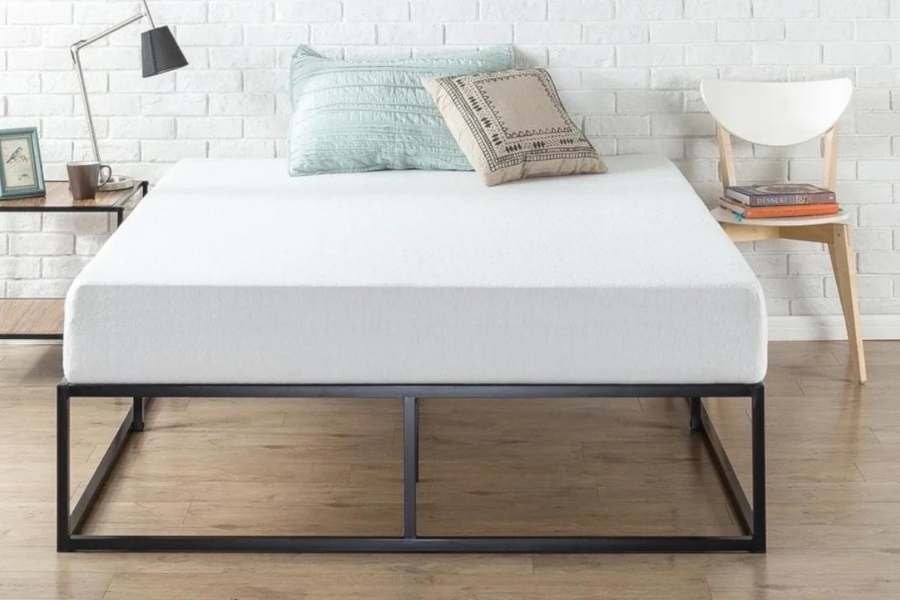 One of the most important factors to consider when designing your bedroom is the airflow under your
mattress
. This may seem like a minor detail, but it can actually have a significant impact on your comfort and overall health. Many people may not realize it, but
beds
need
airflow
in order to properly regulate temperature and prevent the build-up of moisture and mold. Let's take a closer look at why
airflow
is crucial for your
bed
and how you can ensure that your sleeping space is well-ventilated.
One of the most important factors to consider when designing your bedroom is the airflow under your
mattress
. This may seem like a minor detail, but it can actually have a significant impact on your comfort and overall health. Many people may not realize it, but
beds
need
airflow
in order to properly regulate temperature and prevent the build-up of moisture and mold. Let's take a closer look at why
airflow
is crucial for your
bed
and how you can ensure that your sleeping space is well-ventilated.
The Role of Airflow in Temperature Regulation
 Have you ever woken up in the middle of the night feeling sweaty and uncomfortable? This may be due to a lack of
airflow
under your
mattress
. When your
bed
doesn't have proper ventilation, heat and moisture can become trapped, creating an uncomfortable sleeping environment. This is especially problematic for those who live in warmer climates or experience night sweats.
Airflow
under your
mattress
allows for better circulation and helps to regulate the temperature, keeping you cool and comfortable throughout the night.
Have you ever woken up in the middle of the night feeling sweaty and uncomfortable? This may be due to a lack of
airflow
under your
mattress
. When your
bed
doesn't have proper ventilation, heat and moisture can become trapped, creating an uncomfortable sleeping environment. This is especially problematic for those who live in warmer climates or experience night sweats.
Airflow
under your
mattress
allows for better circulation and helps to regulate the temperature, keeping you cool and comfortable throughout the night.
The Dangers of Moisture and Mold Build-Up
How to Ensure Proper Airflow Under Your Mattress
 So, how can you ensure that your
bed
has adequate
airflow
? The first step is to choose a
mattress
and
bed
frame that allows for ventilation. Avoid solid platform beds or mattresses that are too thick and heavy, as these can restrict
airflow
. Instead, opt for a slatted bed frame or a
mattress
with breathable materials. You can also consider using a
mattress
topper with cooling properties to help regulate temperature.
In addition, it's important to regularly clean and rotate your
mattress
to prevent the build-up of dust and moisture. Use a
mattress
protector to keep your
mattress
clean and free from spills and stains, which can also contribute to mold growth. And don't forget to regularly air out your bedding and
mattress
by opening windows and using a fan to circulate fresh air.
In conclusion,
airflow
under your
mattress
is crucial for temperature regulation and preventing moisture and mold build-up. By choosing the right
mattress
and
bed
frame, regularly cleaning and rotating your
mattress
, and promoting fresh air circulation, you can create a comfortable and healthy sleeping space. Don't overlook the importance of
airflow
in your
bed
design – your quality of sleep and overall well-being depend on it.
So, how can you ensure that your
bed
has adequate
airflow
? The first step is to choose a
mattress
and
bed
frame that allows for ventilation. Avoid solid platform beds or mattresses that are too thick and heavy, as these can restrict
airflow
. Instead, opt for a slatted bed frame or a
mattress
with breathable materials. You can also consider using a
mattress
topper with cooling properties to help regulate temperature.
In addition, it's important to regularly clean and rotate your
mattress
to prevent the build-up of dust and moisture. Use a
mattress
protector to keep your
mattress
clean and free from spills and stains, which can also contribute to mold growth. And don't forget to regularly air out your bedding and
mattress
by opening windows and using a fan to circulate fresh air.
In conclusion,
airflow
under your
mattress
is crucial for temperature regulation and preventing moisture and mold build-up. By choosing the right
mattress
and
bed
frame, regularly cleaning and rotating your
mattress
, and promoting fresh air circulation, you can create a comfortable and healthy sleeping space. Don't overlook the importance of
airflow
in your
bed
design – your quality of sleep and overall well-being depend on it.











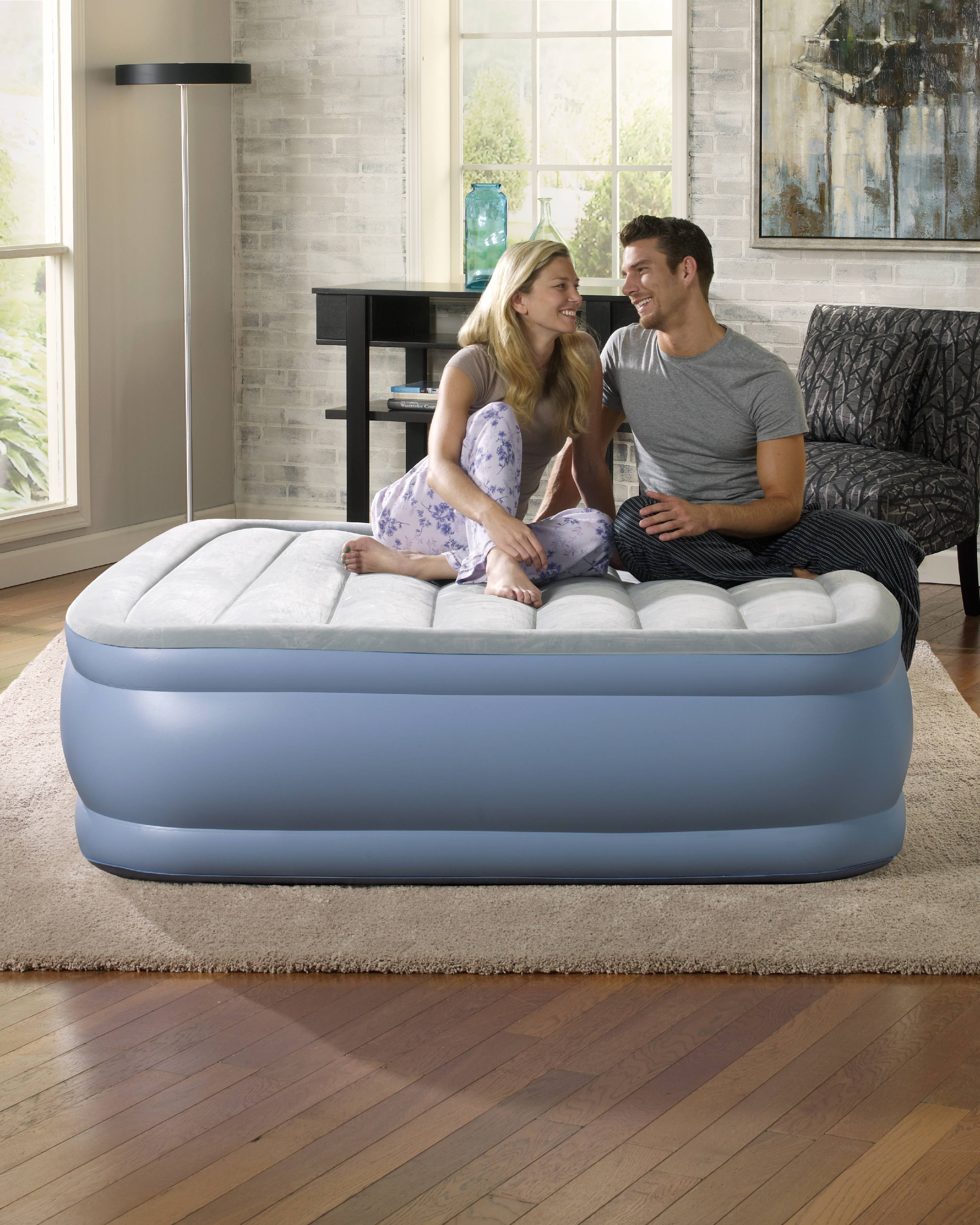







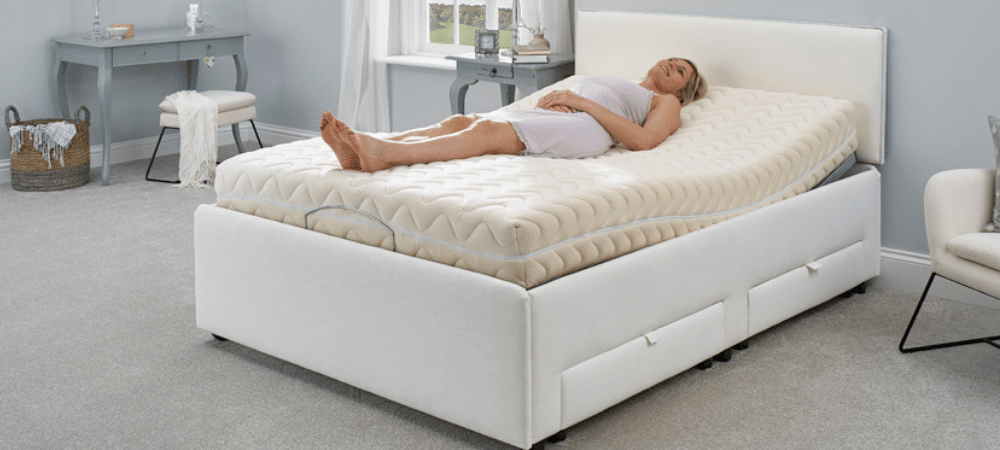



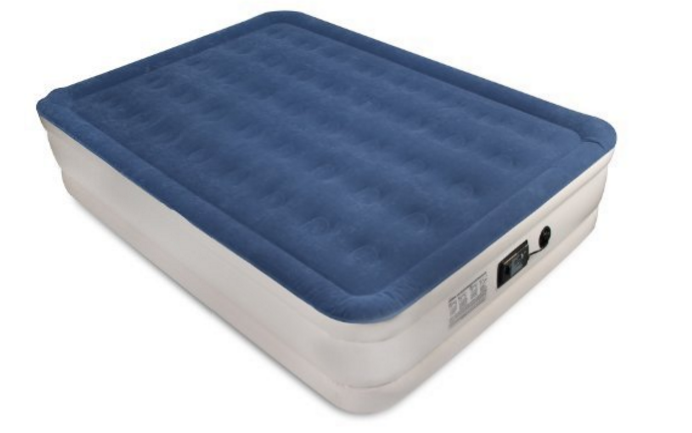
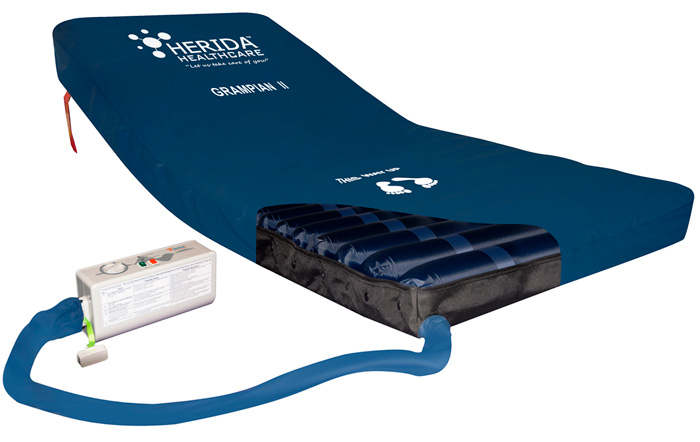

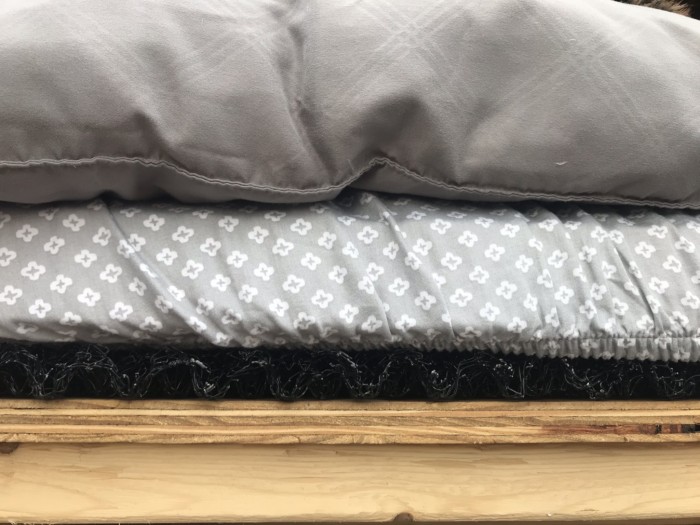







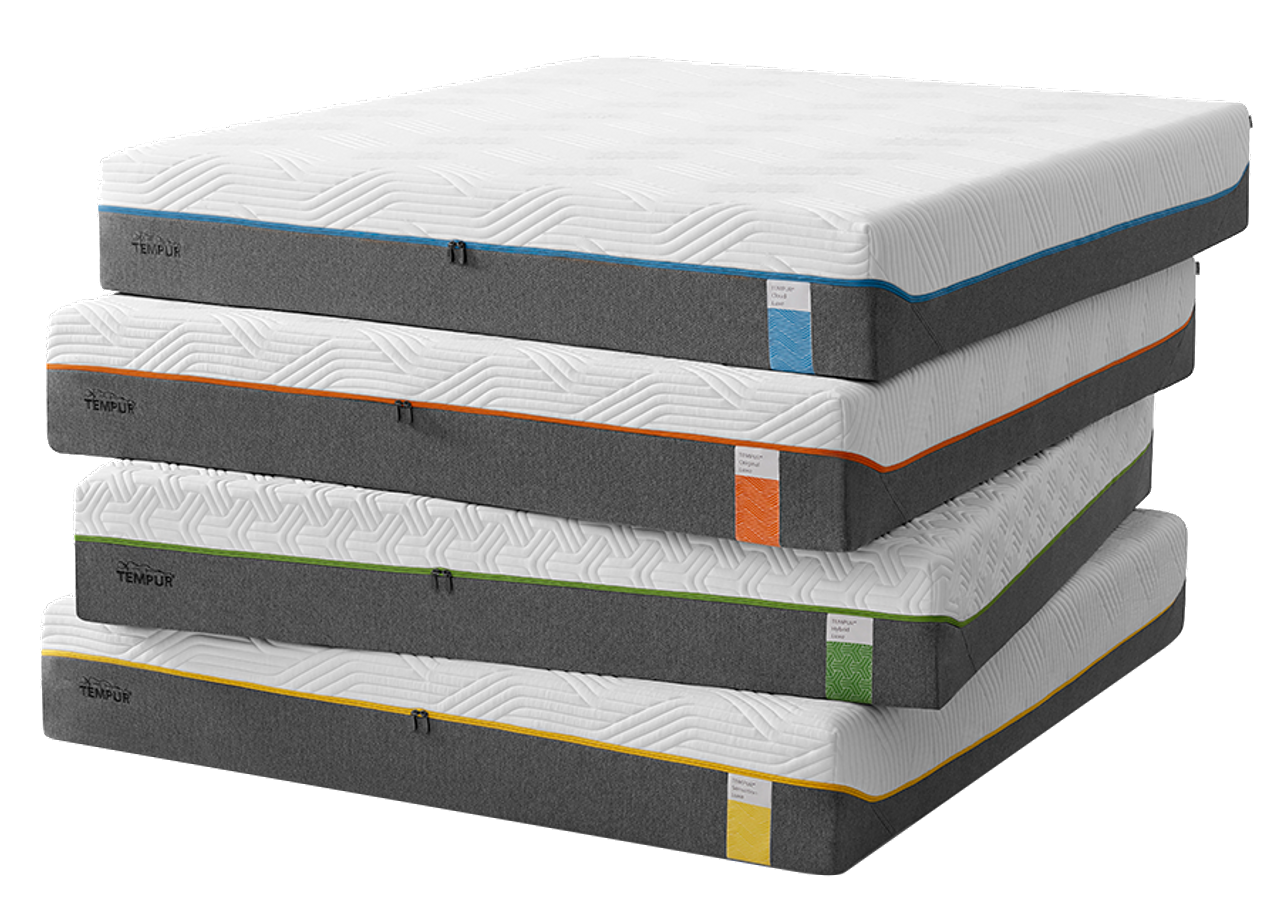
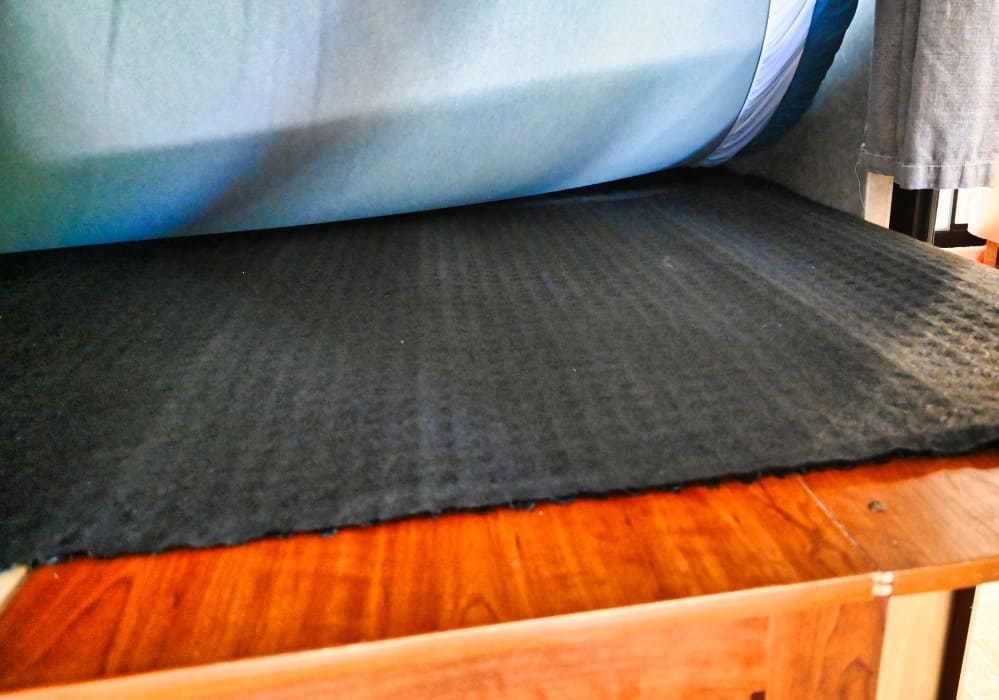






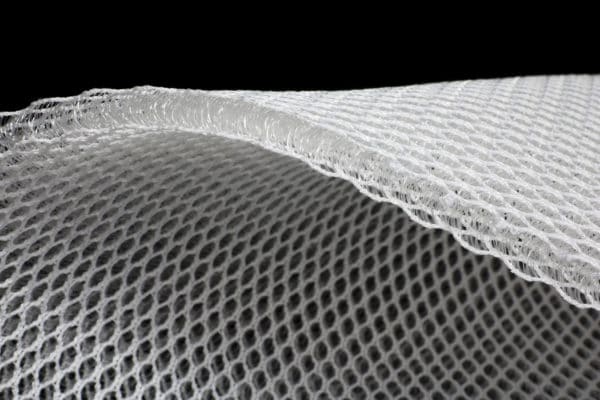


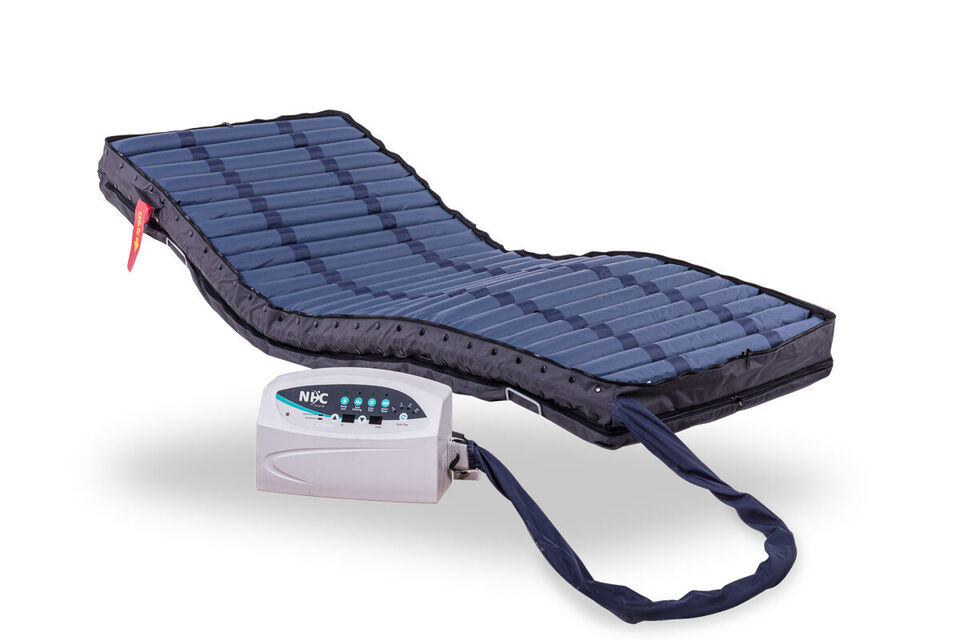

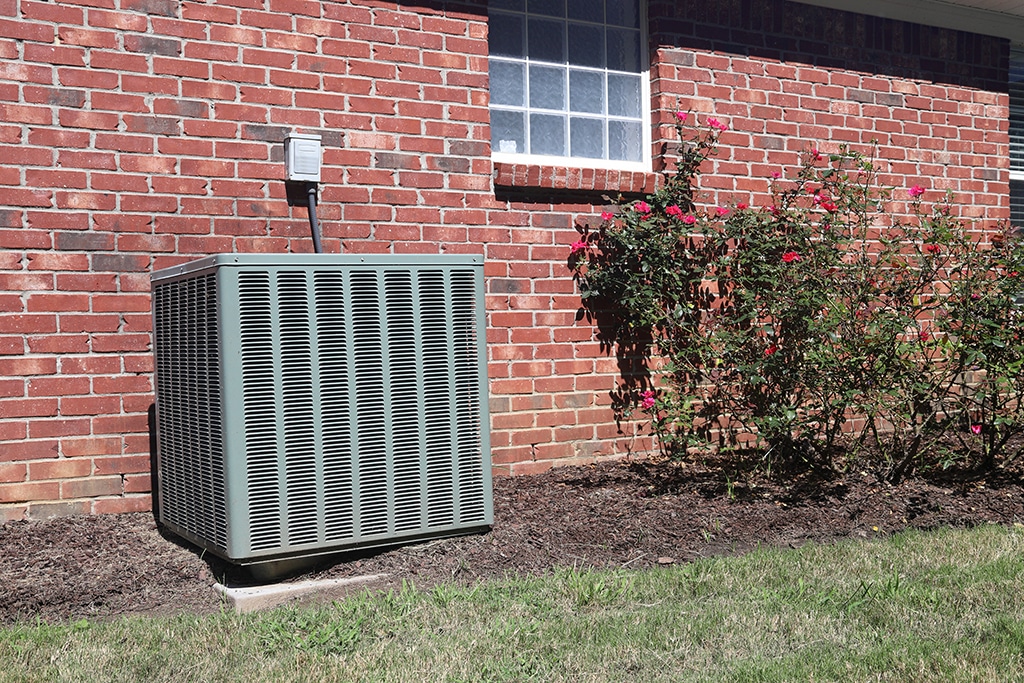








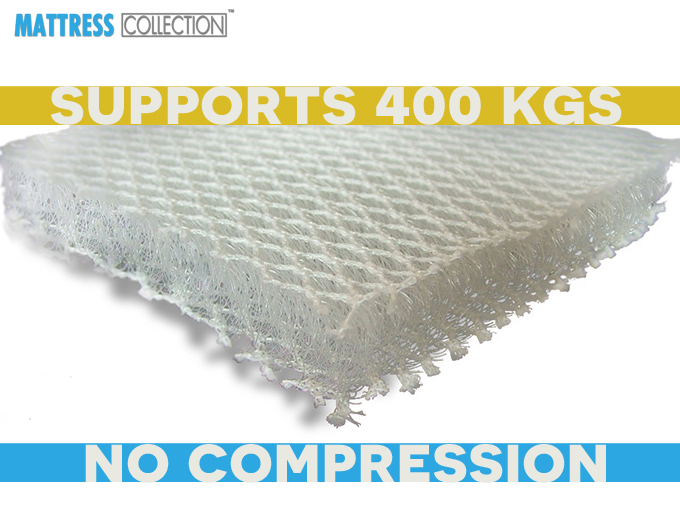

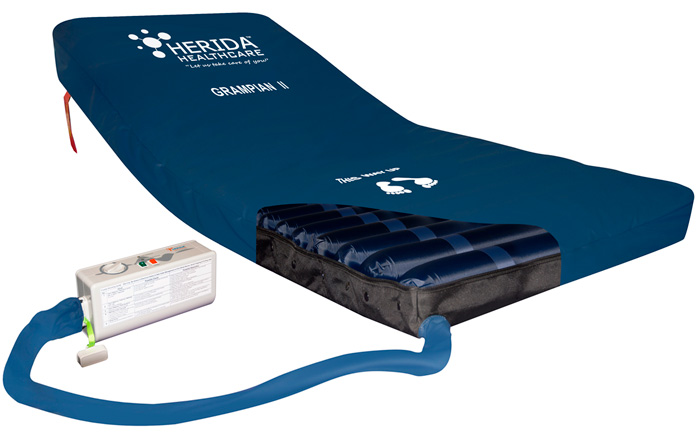











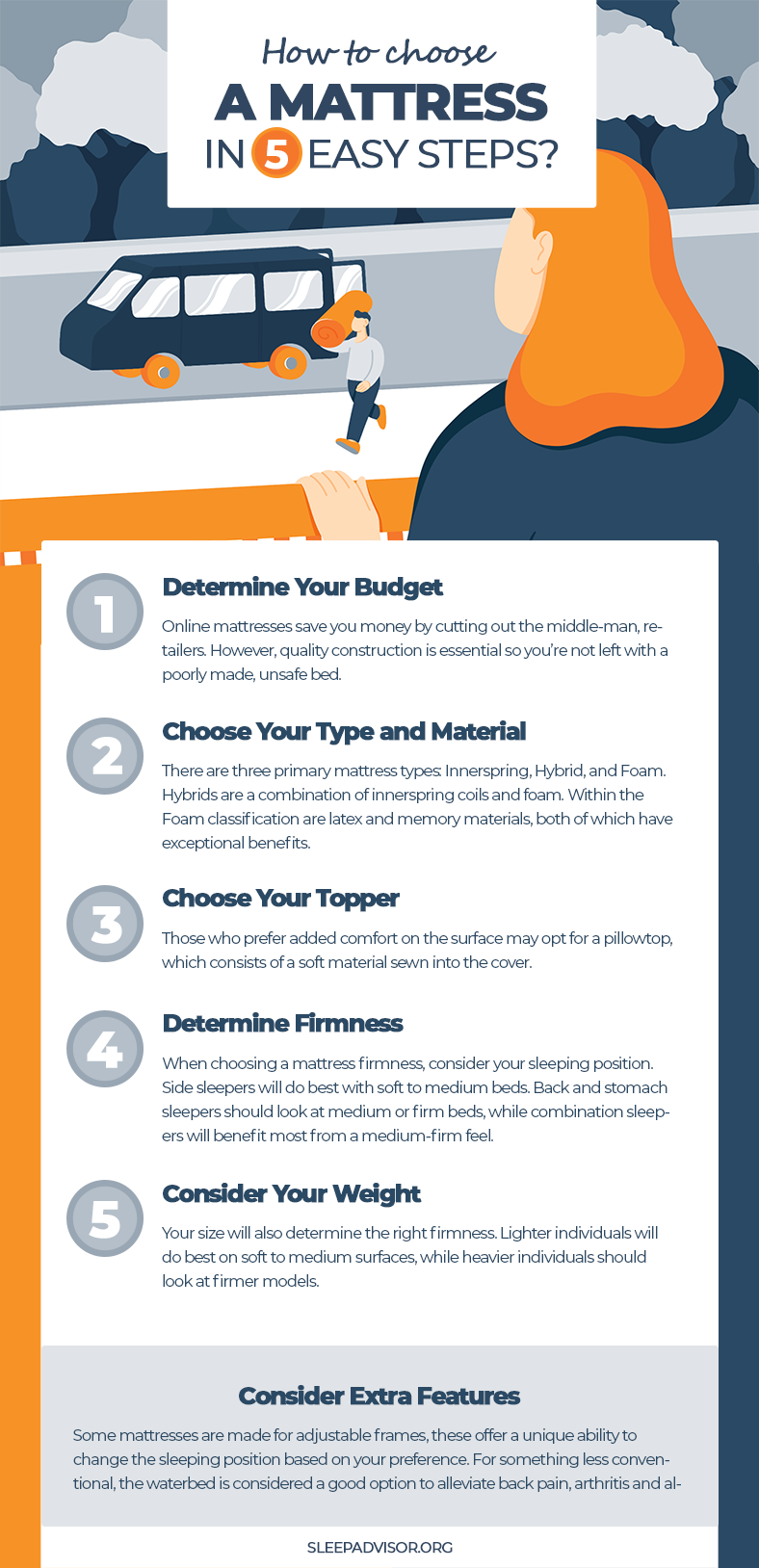
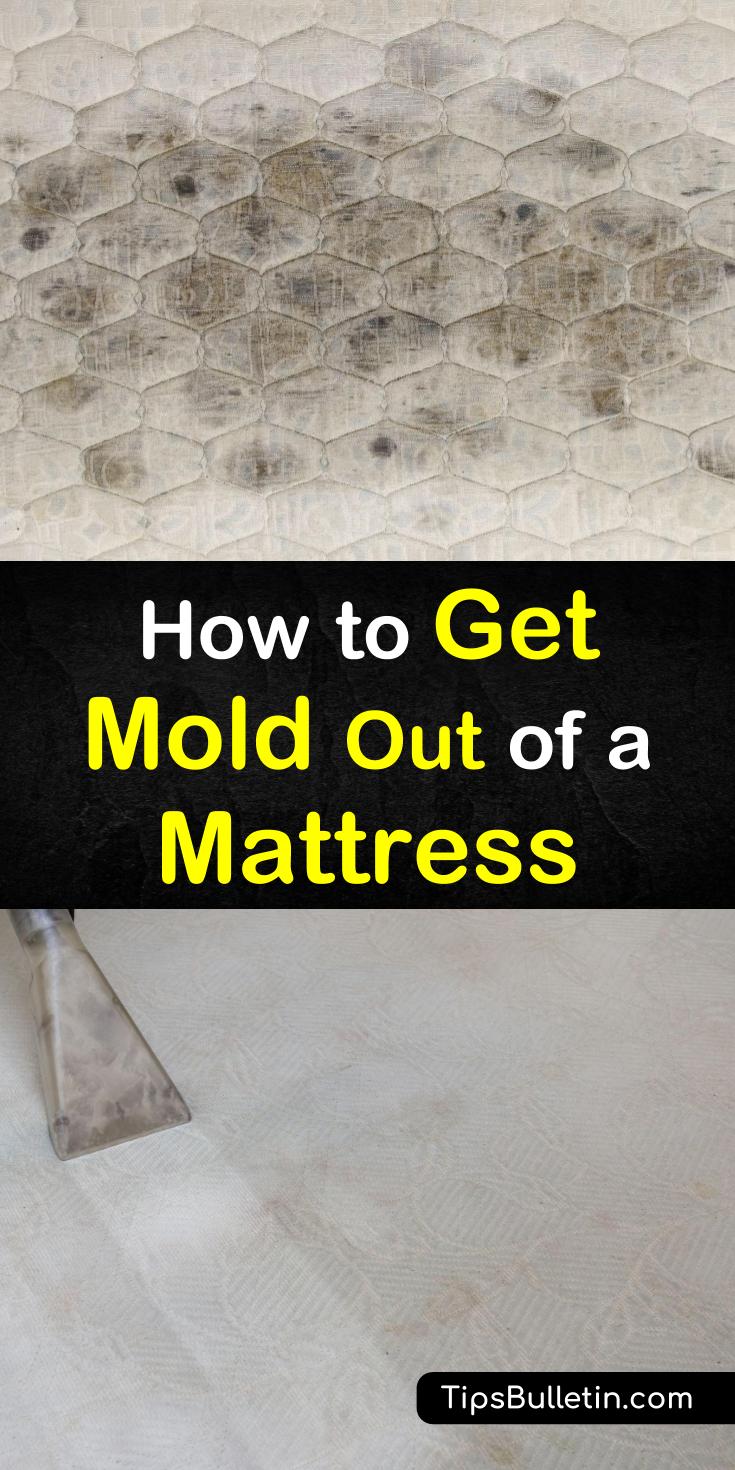

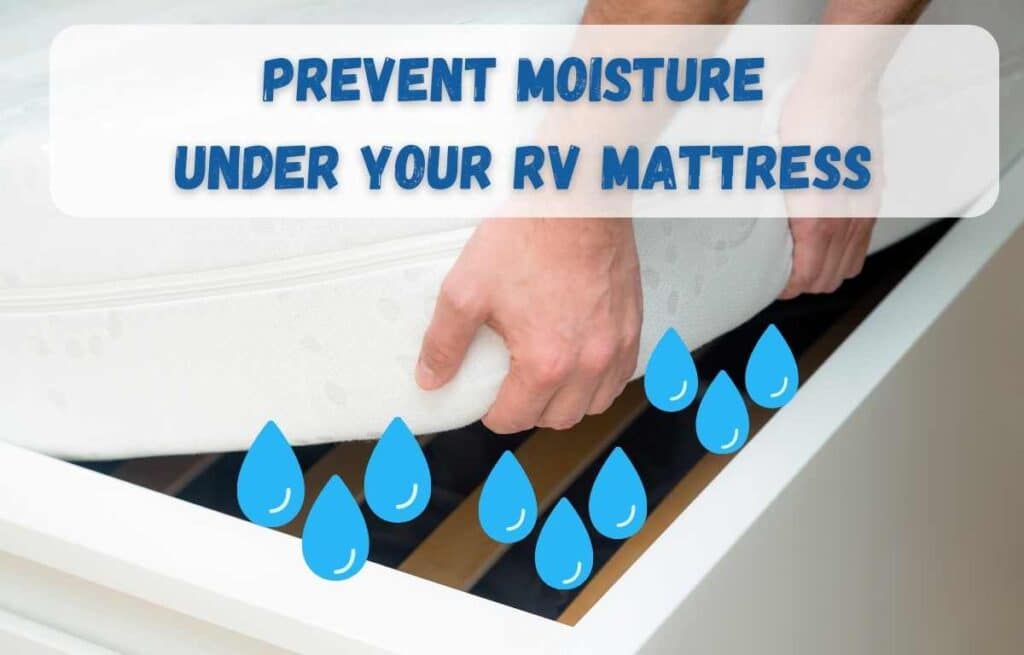






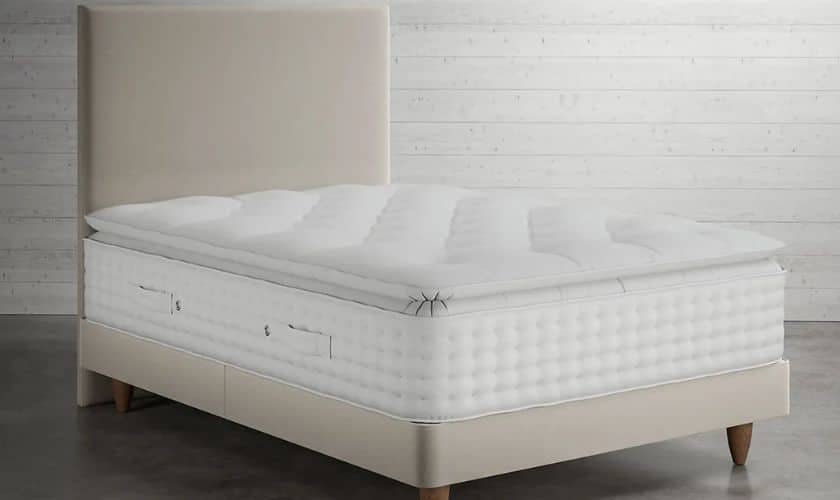








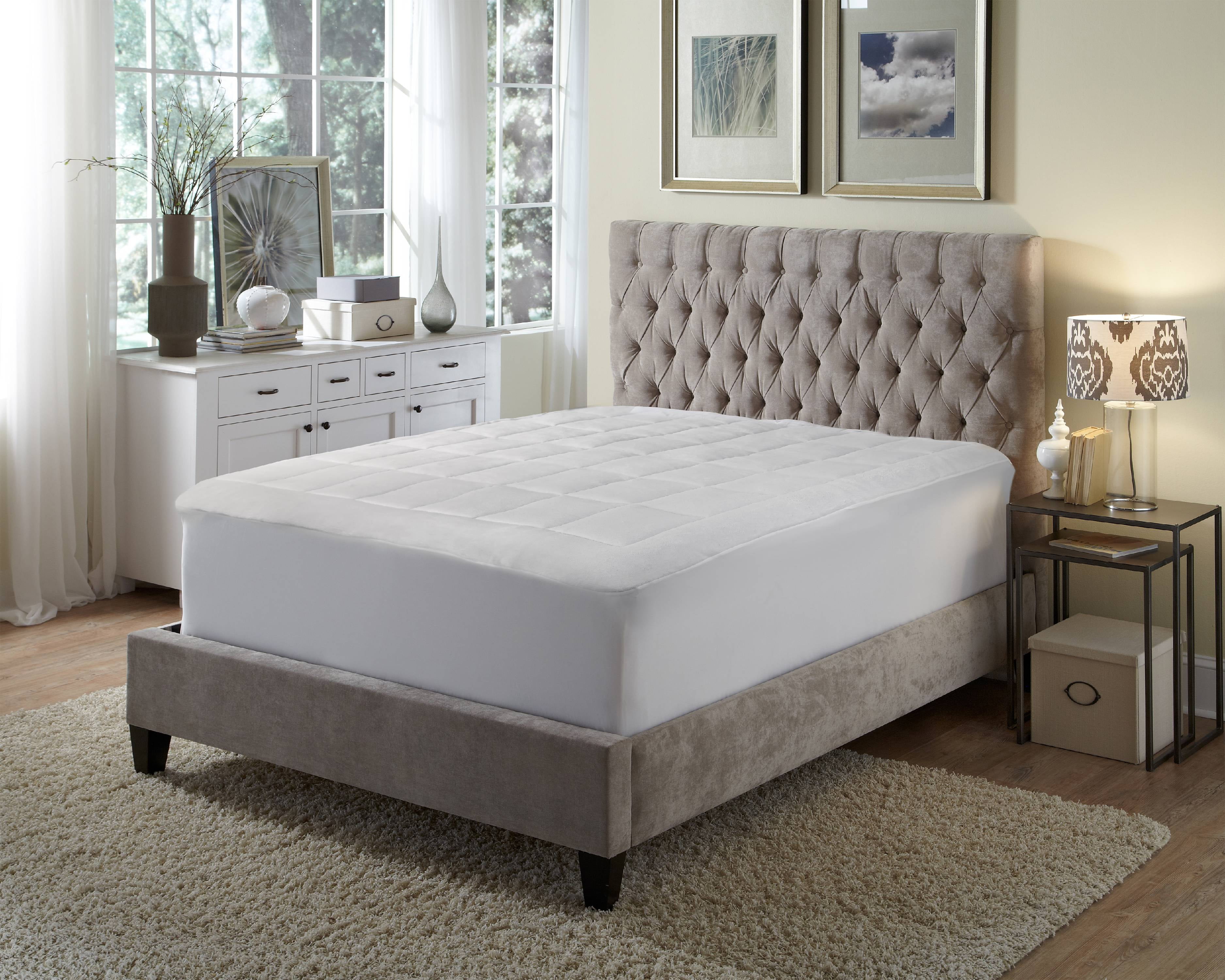

:max_bytes(150000):strip_icc()/Modern-Gray-Living-Room-Fully-Interiors-586fc33e5f9b584db3125eeb.png)

